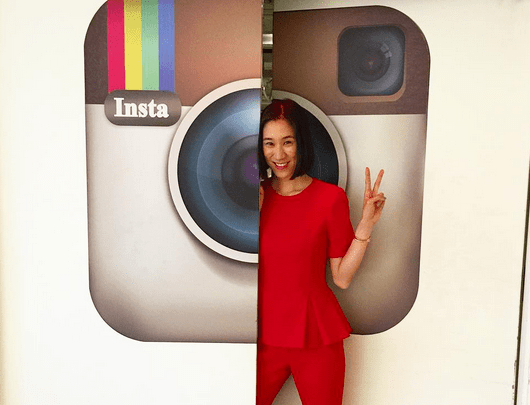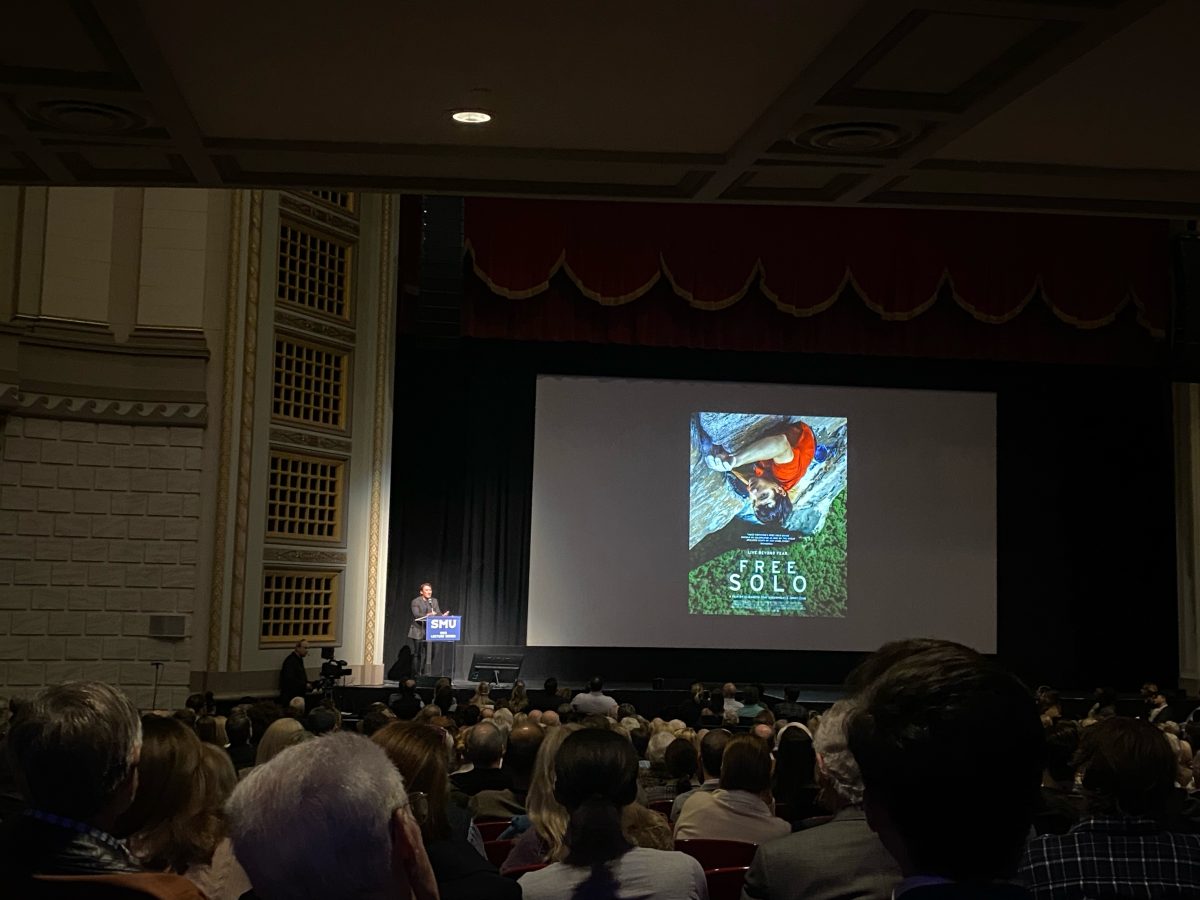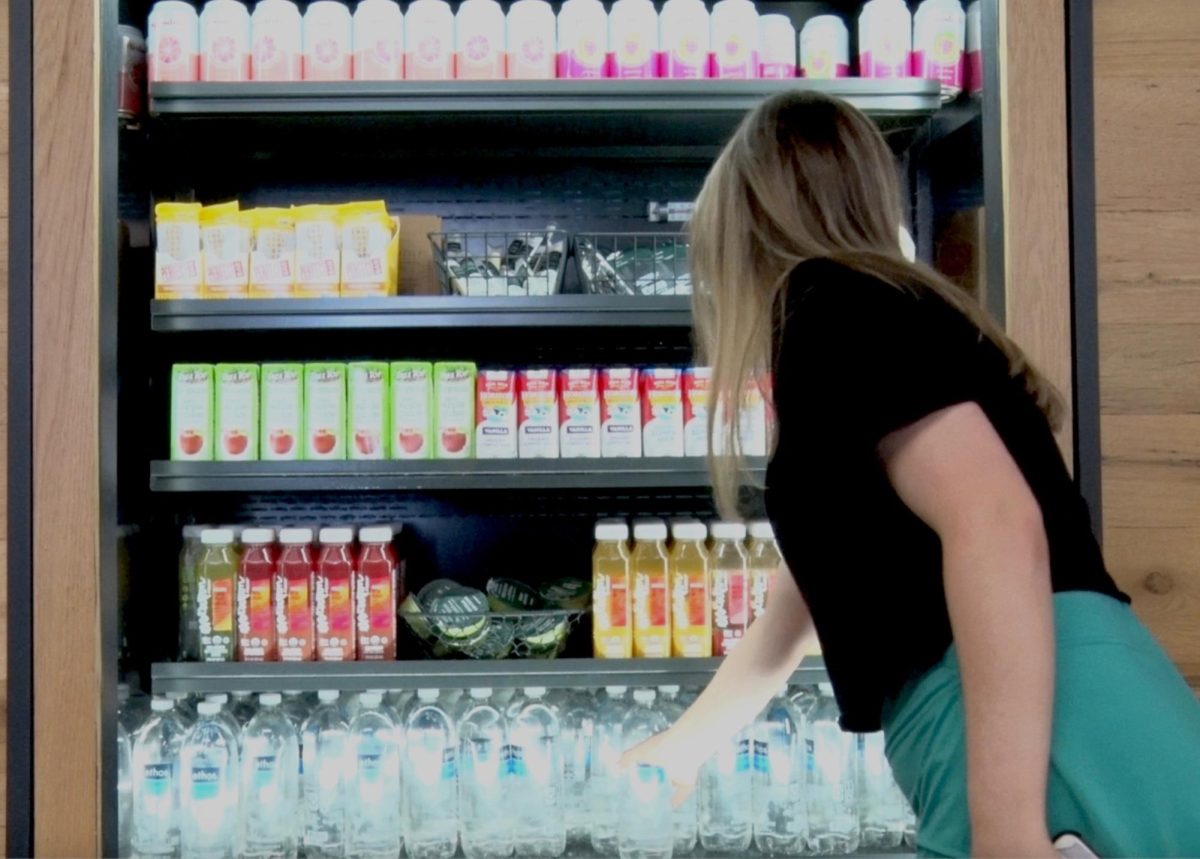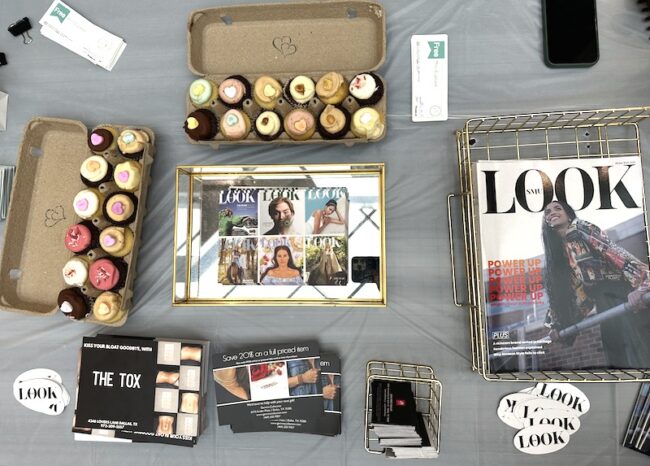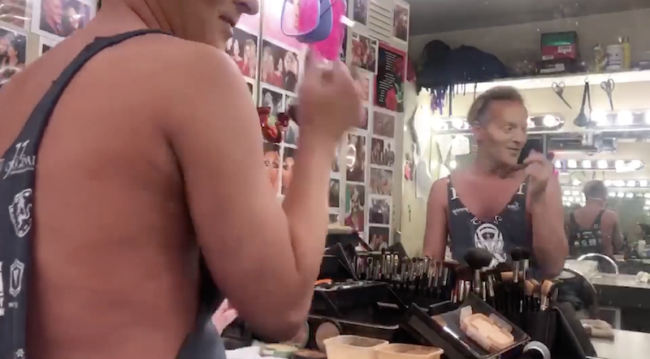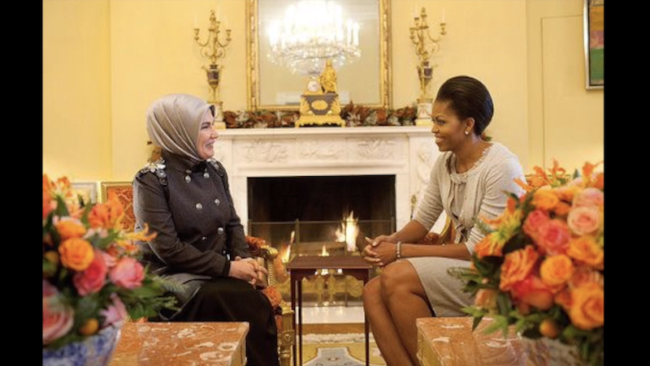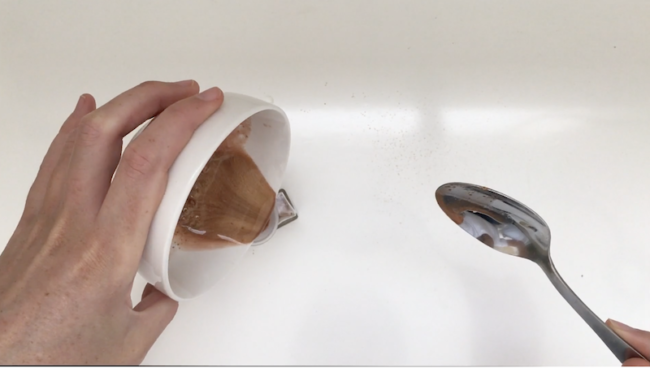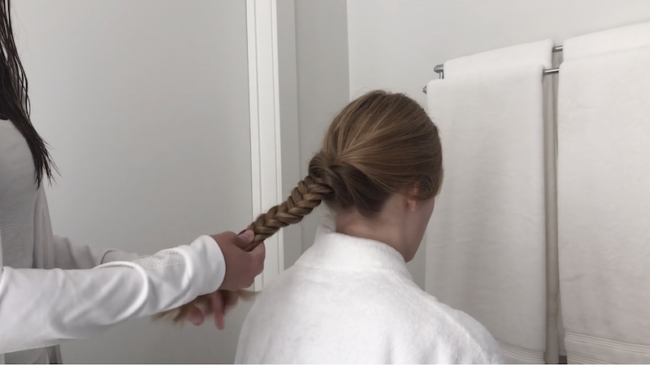Fashion media careers once seemed limited to the realms of PR, advertising, journalism and blogging, with social media intrinsically tied in. But Eva Chen’s new career path introduces students to the opportunity of taking on a fashion specific role at the social media source.
On July 17, 2015, former editor-in-chief of Lucky, Eva Chen, announced her new position as Head of Fashion Partnerships at Instagram.
It’s only natural that Chen’s new role includes working directly with brands and top fashion Instagram-ers to create new and exciting content, as well as increased partnerships with fashion companies, stores and even media outlets.
Instagram has already played a huge role in abating the exclusivity of the fashion industry by bringing potential customers behind the scenes of runway shows, ateliers, offices and even into the homes and personal lives of fashion industry professionals. With accounts like @oscarprgirl and even Chen’s own account, with which she has successfully shared the hashtag, #EvaChenPose, the average Instagram user is given a window into the real workings of brands and the people who create them.
Along the same lines, Snapchat’s story capability has grown to include the latest fashion shows and international events, while beauty and fashion companies have started using the app more and more to promote their brands. Instagram users have also seen a rise in the number of sponsored posts which fit seamlessly into their feed, for things like movies, fashion brands like Kendra Scott, and beauty companies like Clinique.
So far, Chen, who routinely interacts with her followers both on Twitter and Instagram, has shared some behind-the-scenes images at her new job, working with designers like Jeremy Scott as well as Carol Lim and Humberto Leon of Opening Ceremony, at Facebook’s New York headquarters.
This isn’t the first time tech corporations have recruited members of the fashion industry to work in their field. An August 11, 2015 article by Vikram Alexei Kansara and Helena Pike from Business of Fashion, titled “Why has Apple been poaching fashion execs?” highlighted how a number of fashion professionals have gone on to consult at major tech companies.
Chen’s work at Lucky, a magazine about shopping (which even totes an e-commerce feature called Luckyshops.com), may allow her the unique opportunity to apply her past experience to her new role at the start-up.
With Pinterest recently launching an e-commerce feature and companies like Dallas-based RewardStyle running LiketoKnow:It, an email service that allows you to like a photo on Instagram and find out exactly what brands are featured in the post, could this be the beginnings of an e-commerce feature on Instagram? Amazon recently launched it’s Dash Button feature, which allows customers to purchase household goods instantly with the tap of a button. So, could we eventually “like” it to buy it?
In an April 2014 Business of Fashion article by Kansara, titled “Instagram’s Start-Up Secrets,” co-founder and CEO of Instagram, Kevin Systrom explains that “When we find natural partners in fashion, we find that they produce great content, our users love watching it and viewing it — and it’s this natural cycle, this positive feedback loop: the more people love seeing content on the platform, the more they use it, the more they post and the more other brands want to be on it as well.”
Since its introduction to the social media realm, users have watched Instagram evolve from a tool for photo editing and sharing across multiple platforms, to a phenomenon for personal branding and even money making.
As it continues to grow, and the fashion industry becomes increasingly more public, Instagram users and students of the fashion industry will experience a new facet of the coupling between fashion and technology.



